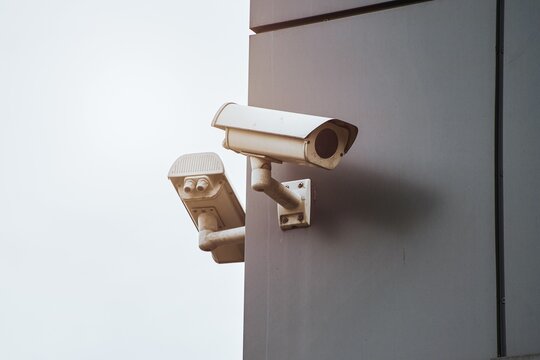Eyes in the Sky – A Deep Dive into State-of-the-Art Security Camera Technology
In an era defined by technological advancements, the evolution of security camera technology stands out as a paramount contributor to the paradigm shift in surveillance and public safety. State-of-the-art security cameras, often referred to as eyes in the sky, have transcended their conventional roles to become sophisticated tools equipped with cutting-edge features. One of the pivotal advancements is the integration of artificial intelligence AI into surveillance systems, enabling cameras to not only capture but also analyze and interpret visual data in real-time. This enables the identification of potential threats or unusual activities, significantly enhancing proactive security measures. The resolution revolution has also played a crucial role in shaping the capabilities of modern security cameras. High-definition HD and ultra-high-definition UHD cameras have become commonplace, providing crisp and detailed images that facilitate effective monitoring and forensic analysis. Additionally, advancements in lens technology, such as zoom capabilities and wide-angle views, contribute to comprehensive coverage of large areas without compromising image quality.

These improvements are particularly beneficial in critical infrastructure settings, urban environments, and public spaces where a comprehensive overview is essential. Moreover, the incorporation of advanced video analytics has elevated security camera functionality to unprecedented levels. AI algorithms can now detect and track specific objects or individuals, recognize patterns of behavior, and even differentiate between normal activities and potential security threats. Facial recognition technology has become a focal point, enabling the identification of individuals in crowded spaces or aiding in criminal investigations. However, the ethical implications surrounding privacy concerns and potential misuse of this technology remain subjects of ongoing debate. Cloud-based storage and connectivity represent another transformative aspect of contemporary security camera systems. With the ability to store vast amounts of data remotely, these cameras offer improved scalability, accessibility, and redundancy. Real-time remote monitoring has also become a standard feature of pace protections, allowing security personnel to respond promptly to incidents from anywhere in the world. Furthermore, the integration of Internet of Things IoT technology allows security cameras to collaborate with other smart devices, creating interconnected ecosystems for a more comprehensive and responsive security infrastructure.
Despite these remarkable advancements, challenges persist. Cybersecurity threats pose a significant risk to the integrity of surveillance systems, emphasizing the need for robust security measures to safeguard against unauthorized access and data breaches. Additionally, concerns over privacy and ethical considerations necessitate the development of responsible guidelines and regulations governing the deployment and use of these technologies. In conclusion, the evolution of security camera technology reflects the relentless pursuit of innovation to enhance public safety and security. The integration of AI, high-resolution imaging, video analytics, and cloud-based connectivity has propelled security cameras into an era where they not only observe but actively contribute to threat detection and prevention. As technology continues to advance, the delicate balance between security imperatives and individual privacy will undoubtedly shape the future landscape of surveillance and redefine the role of eyes in the sky.